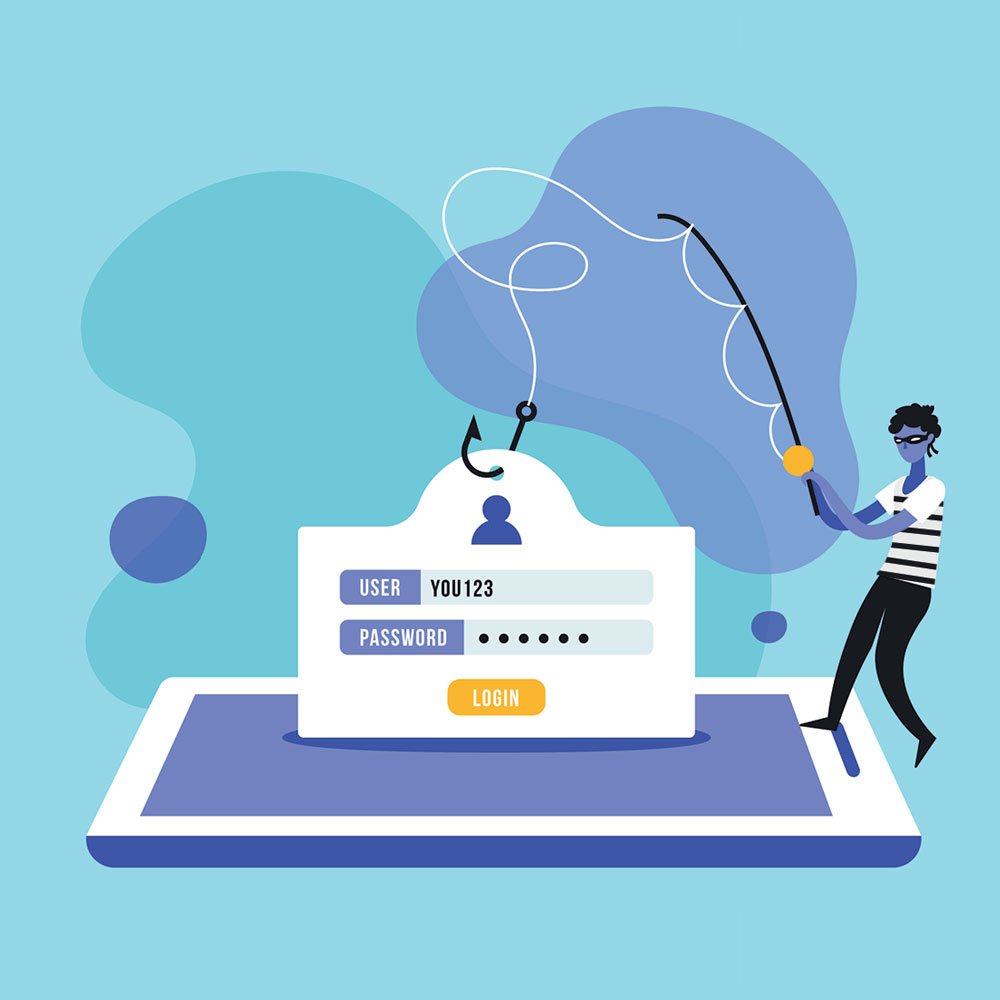Cyber Security is a popular topic that is increasingly on everyone’s minds, but, what is a Cyber Attack and how you can protect yourself?
Cyber attacks are performed with malicious intent. In computer systems and networks, an attack is any attempt to expose, alter, disable, destroy, steal or gain information through unauthorised access, or make unauthorised use of an asset.
There are many actions you can take to protect yourself from a cyber attack. Please read some of our key examples below:
The most common cause of cyber attacks is through lack of due diligence. It is important to recognise the signs of phishing emails. See examples below:
If you receive an email from who you believe is a reputable source, instead of clicking the link in the email, visit your internet browser and visit the website manually via searching for the website on Google instead.

Don’t share your password with anyone else. Ensure that your password is strong by means of using; uppercase and lowercase letters, numbers, symbols, and we recommend a password length of about 16 characters. It is important not to use the same password across multiple platforms, websites, and applications. Having the same password for everything can be dangerous. Once a hacker figures out your password, they now have access to everything in your system and any application you use. We recommend the use of a password manager to store a multitude of passwords securely.
Multi-Factor Authentication, also know as Two-Factor Authentication (2FA) is an extremely useful feature to use for your accounts. 2FA is an authentication method in which a user will be granted access to an account only after successfully presenting two or more pieces of authentication/evidence that you are the account owner. This could be by means of a text-message with a code or a 2FA app that can generate a code for you.
Having an anti-virus software or firewall isn’t enough to fully protect you from cyber attacks, but it is a step in the right direction!
Don’t have an anti-virus software already? Check out our Managed Anti-Virus software here.
If using Cloud solutions such as Microsoft OneDrive, Microsoft SharePoint, Google Drive, or Dropbox – make sure that you are saving your files/documents to the Cloud. If not using a Cloud solution, ensure you have a backup, either via an encrypted external hard drive or server backup, for example.